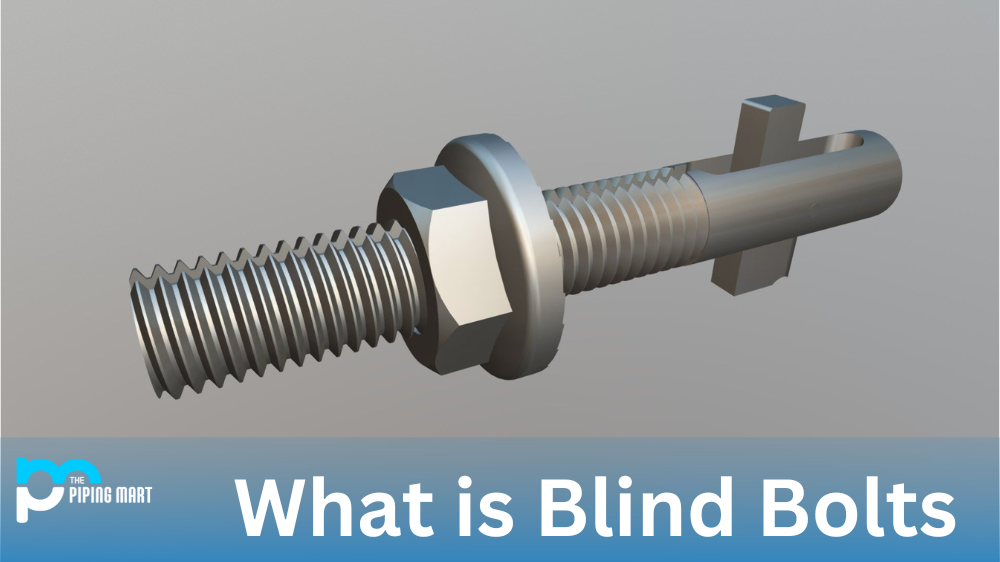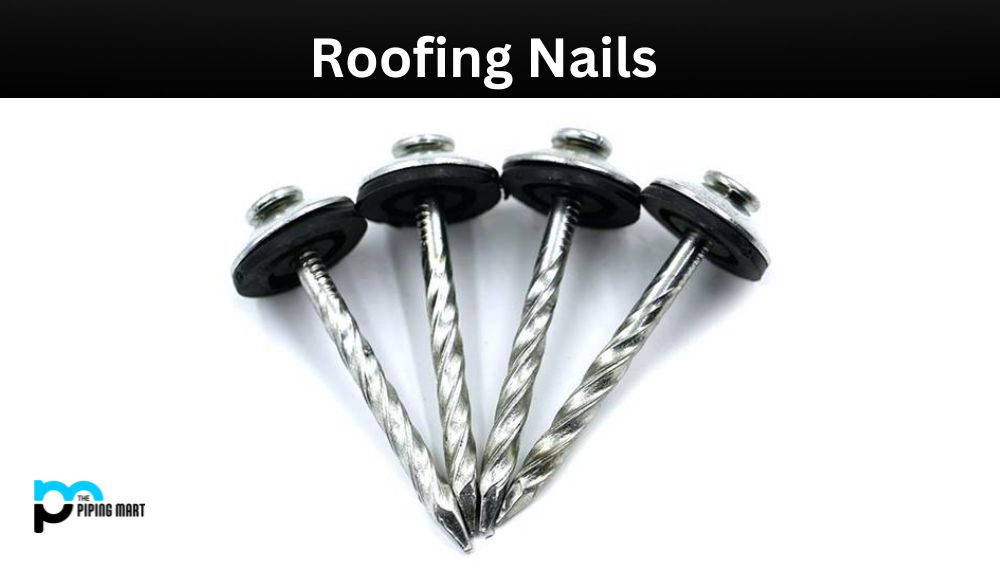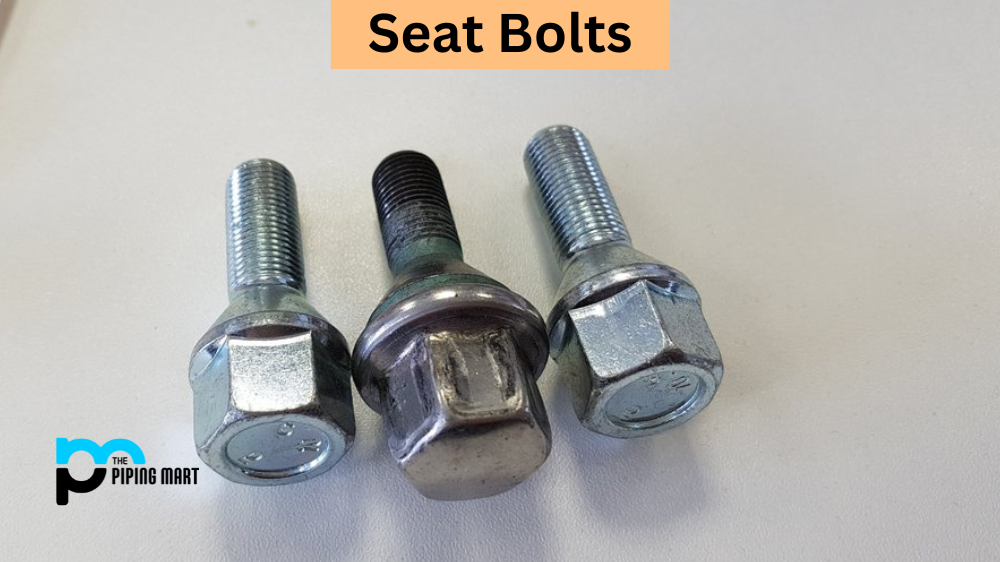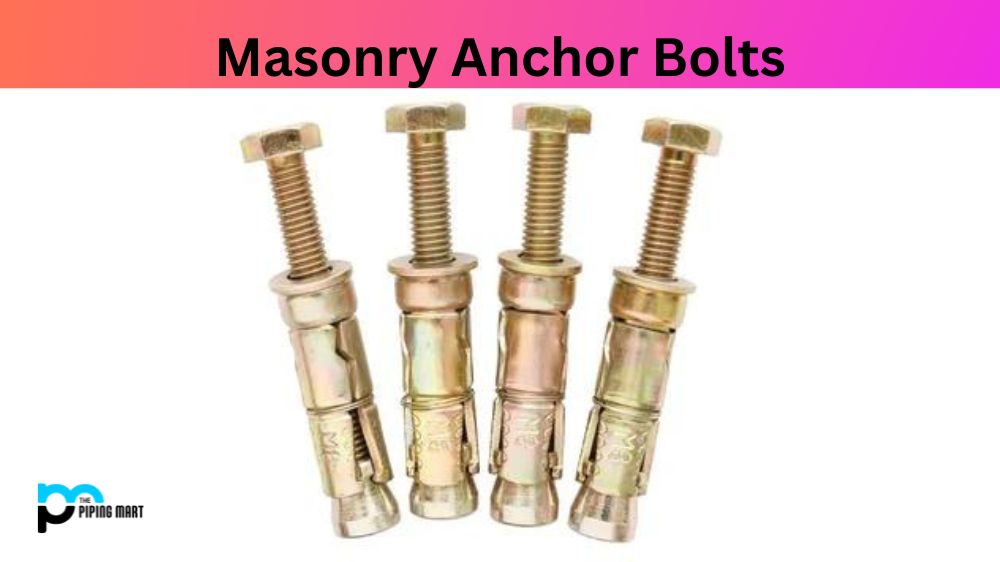Blind bolts are a type of fastener that is used to join two objects together. This type of bolt is designed to be inserted into a pre-drilled hole in one of the objects, and when tightened, it will form a strong bond with the other object. Blind bolts are often used in applications where there isn’t enough space for a conventional bolt due to the presence of adjacent components. Let’s examine how blind bolts work and why they’re so useful.
What is a blind bolt?
A blind bolt is a type of fastener that is used to join two pieces of material together. Blind bolts are similar to traditional bolts but have a few key differences. One of the most notable differences is that blind bolts are not visible when installed, giving them a clean, finished look. Additionally, blind bolts are much easier to install than traditional bolts as they do not require access to the back side of the joined material.
How Blind Bolts Work
Unlike ordinary bolts, which require access from both sides, blind bolts allow you to insert them from one side only, making them ideal for situations where there is limited access or space. The head of the blind bolt is designed with a series of teeth that interlock with an accompanying nut when it is tightened. This locking mechanism provides extra strength and stability when securing two objects together.
Advantages Of Using A Blind Bolt
Blind bolts offer several advantages over traditional threaded fasteners. For starters, they provide an incredibly secure connection even in tight spaces because they require minimal clearance due to their simple design. Additionally, since only one side needs to be accessible for installation, they can be easily installed without disassembling other components in the area – saving time and money! Finally, blind bolts are available in various sizes and materials, so you can find one that best suits your application needs.
Uses
Blind bolts are versatile fasteners that offer a reliable, secure hold in various situations and materials. These bolts have loops on one side, allowing them to slip into drilled holes from either the exterior or interior of the material is affixed. Common applications include automotive fibreglass, machine components that are already assembled, and commercial aircraft construction where access is restricted. Additionally, they can be used in various industries, such as transportation, aerospace, medical devices, and consumer products. Blind bolts help ensure the integrity of established connections because they cannot back out due to the external pressure on their loop heads when installed. The precise design also allows for simple assembly and quick disassembly if needed
Types of blind bolts
There are two primary types of blind bolts: solid and split. Solid blind bolts are made from a single piece of material, while split blind bolts have a split down the middle. Split blind bolts are typically easier to install than solid blind bolts, as they can be expanded once in place. However, solid blind bolts are stronger and less likely to come loose over time.
Materials
Blind bolts can be made from various materials, including steel, aluminium, and brass. The material that you choose should be based on the application in which the bolt will be used. For example, a steel bolt would be a good choice if you need a strong joint that will not be exposed to the elements. However, an aluminium bolt would be a better option if you need a lighter-weight bolt that will not rust.
Sizes
Blind bolts come in a variety of sizes, with the most common being M3, M4, M5, and M6. The size you choose should be based on the thickness of the material being joined and the amount of force exerted on the joint. For example, if you are joining two pieces of thin metal together, then an M3 bolt would suffice. However, if you are joining two thick pieces of wood together, then an M6 bolt would be necessary.
Installation
Installing a blind bolt is fairly simple and can be done with just a few tools:
- Drill a hole through both pieces of material being joined.
- Insert the bolt into the hole and expand the split end (if applicable).
- Tighten the nut until the joint is secure.
Conclusion:
Whether you’re working on construction projects or repairs around the house, blind bolts are an invaluable tool for securely connecting two objects without needing access from both sides. They are versatile and easy to use while being incredibly strong at the same time. So next time you need to connect something but don’t have enough space for regular fasteners, try using a blind bolt instead! It might just be the solution you need!

A passionate metal industry expert and blogger. With over 5 years of experience in the field, Palak brings a wealth of knowledge and insight to her writing. Whether discussing the latest trends in the metal industry or sharing tips, she is dedicated to helping others succeed in the metal industry.




